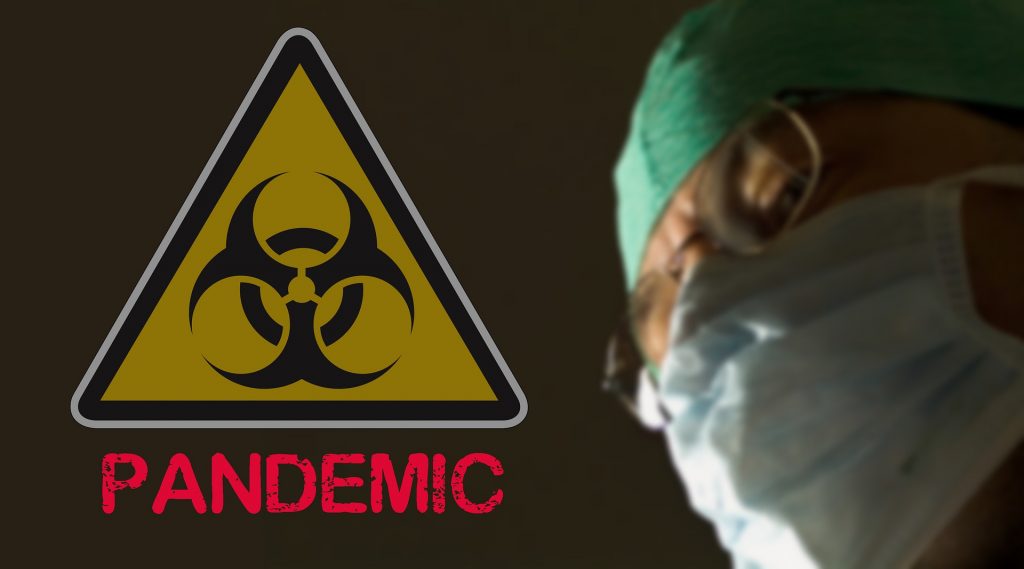Epidemics and Pandemics
With constant media coverage of diseases like the Ebola, Zika virus, H1N1, COVID19 and the yearly flu, we always hear about the threat of pandemics and epidemics, but what do these really mean when it comes to disease emergence and spread?
The endemic level or baseline of a disease is the amount that is usually present in a given community. An epidemic is a sharp increase in the number of people infected with that disease in that same community. A pandemic is, therefore, an epidemic that has spread to several countries and continents, affecting a large number of people.
What can cause an epidemic?
Epidemics can be caused by a couple of different factors, including:
· An increase in the amount of a disease or its virulence
· Its appearance in a new location
· An enhanced mode of transmission
· A change in the susceptibility of the organism to being infected, and
· Increased host exposure or a new method of host infection.
Three common ways epidemics can be spread are:
· From a common source, where a group of people are all exposed to a toxin or infectious agent from the same source
· By propagated outbreak, with transmission from one individual to another, or
· Using a carrier (vector) like mosquitoes that interact with a human being and consequently transmits the disease.
Viruses are most often responsible for pandemics and epidemics. Research has shown that viruses adopt a technique called ‘Cell Surfing, ’ which allows them to spread much faster from person to person. Studies prove that viruses replicate much faster than bacteria. Due to this increased infectivity, viruses can spread more quickly throughout a town or city. Viruses such as Influenza also mutate often so it is difficult for researchers to find a treatment.
Of course, other types of pathogens such as bacteria shouldn’t be underestimated. Bacterial infections like Cholera can infect and kill thousands, as demonstrated throughout Africa. Also, bacteria that are resistant to antibiotics pose a massive threat to humanity and already kill millions every year. Both viruses and bacteria can cause large outbreaks, so neither should be prioritized nor dismissed.
To classify the spread of disease as a pandemic, there needs to be community-level outbreak epidemics in one other country in a different world health organization defined region, which signifies that the disease is beginning to spread around the world. By this time the respective governments of outbreak-stricken countries are meant to take action to halt disease progression and implement national health strategies.
So, the next time you hear about epidemics and pandemics on the news, you don’t need to prepare to flee to Antarctica. Take some time to know more about the disease, how it is spread and where it is prevalent, to keep yourself safe.





